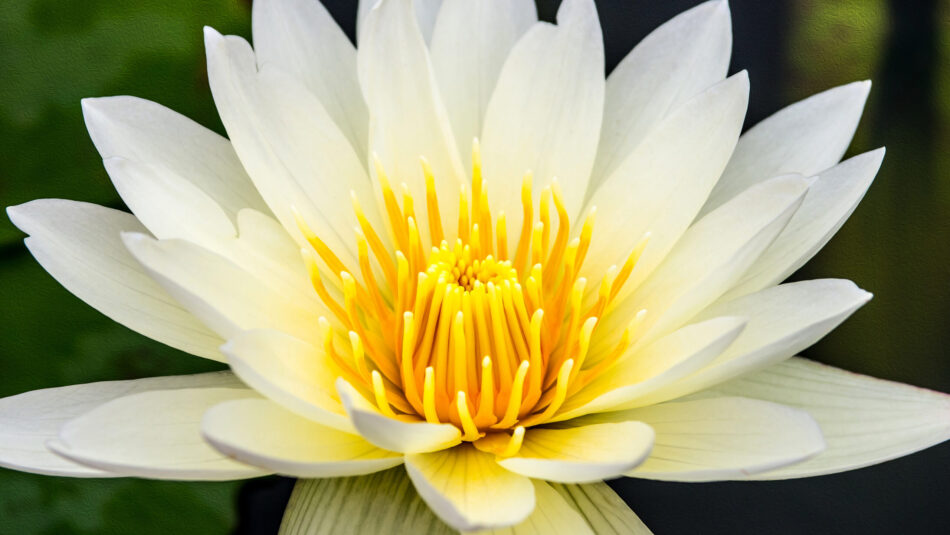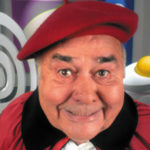
10 Deliciously Devious Marketing Lessons from White Lotus Season 3
The third season of HBO’s hit series “White Lotus” served up more than just murder,
mayhem, and meditation in Thailand—it delivered a masterclass in modern marketing. As the characters navigated spiritual awakenings and deadly encounters at the luxurious resort, brands were cooking up partnerships faster than a Thai street food vendor. Let’s dive into ten tasty marketing morsels we can extract from this sun-soaked spectacle of wealth and woe.
1. Location, Location, Mastication
The Storyline: Victoria Ratliff (Parker Posey) ordering authentic Thai dishes like Tom Kati Talay and Gaeng Poo Bai Cha Plu to her villa, butchering the pronunciation in her Southern drawl.
The Marketing Lesson: Authentic regional cuisine creates tangible connection points with consumers. Food brands can leverage destination-based authenticity, even when customers mangle the pronunciation. Consider how your sriracha sauce or coconut milk brand could create “as seen in Thailand” positioning that transports consumers without the $9,000 per night price tag.
2. Luxury Sells, Even When You’re Selling Against It
The Storyline: Despite critiquing high-end tourism and depicting deaths at picturesque locations, White Lotus created tourism booms in its filming locations.
The Marketing Lesson: Even when acknowledging indulgence’s downsides, luxury positioning remains powerful. Your artisanal chocolate truffles can simultaneously be positioned as “decadently unnecessary” yet “absolutely essential”—consumers love the contradiction! They’ll happily participate in the critique while reaching for their wallets.
3. Product Placement That Pops
The Storyline: Brands like Gucci, Louis Vuitton, and Banana Republic appeared onscreen, with Parker Posey’s Cruz Poplin Mini Dress becoming an instant sellout.
The Marketing Lesson: Strategic product visibility in aspirational contexts works wonders. That specialty hot sauce or premium olive oil isn’t just a condiment—it’s what the cool people use. Position your food products where tastemakers gather, and watch consumers bite.
4. Cross-Promotional Partnerships With Flavor
The Storyline: Coffee Mate created White Lotus-themed Thai iced coffee and piña colada flavored creamers to coincide with the Thailand-set season.
The Marketing Lesson: Unexpected collaborations create buzz-worthy moments. Your gourmet pasta sauce could partner with a streaming hit for limited-edition packaging featuring character quotes or themed flavor profiles. “Rick’s Revenge Arrabiata” anyone? Too soon?
5. “Glocal” Marketing That Satisfies
The Storyline: HBO’s marketing team described their strategy as “glocal”—global brands with local impact for everyday consumers.
The Marketing Lesson: Combine worldwide appeal with local relevance. Your international snack brand can create region-specific flavors that honor local tastes while maintaining global recognition. Think Thai Chili Lime potato chips that appeal to both Bangkok natives and curious foodies in Boise.
6. Experiential Marketing Worth Dying For
The Storyline: Four Seasons and HBO created “World of Wellness 2026,” a 20-day private jet excursion to eight destinations featured on the show, starting at $188,000.
The Marketing Lesson: Transform your food brand into an experience. Your premium coffee company could offer “Origin Journeys” to beans’ birthplaces, or your craft brewery might host “Fermentation Vacations.” No need for the $188,000 price tag (or the murders).
7. Cultural Sensitivity With A Side Of Profit
The Storyline: Season 3 explored the clash between Western materialism and Eastern spirituality, particularly Buddhism.
The Marketing Lesson: Respectfully incorporate cultural elements while avoiding appropriation. Your food brand can celebrate authentic Thai flavors and traditions without resorting to stereotypes. Remember: appreciation, not appropriation, is what feeds long-term brand loyalty.
8. Behind-The-Scenes Content As The Secret Sauce
The Storyline: American Express sponsored behind-the-scenes character vignettes available across streaming platforms and social channels.
The Marketing Lesson: Consumers hunger for exclusive content. Your artisanal cheese brand could offer “making of” videos showing your cheesemakers at work or partner with influencers for “day in the kitchen” content. The process often proves as appetizing as the product.
9. Screen-To-Store Pipeline That Delivers
The Storyline: Banana Republic seamlessly jumped from screen to shelves with products appearing in the show and simultaneously launching a themed collection.
The Marketing Lesson: Create direct paths from inspiration to purchase. Your gourmet sauce line could feature QR codes linking to recipes from popular cooking shows where they’re featured. When viewers see it sizzling onscreen, make sure they can have it bubbling in their own kitchen by dinnertime.
10. Brand Association Through Storytelling That Sticks
The Storyline: Brands associated with White Lotus benefited from its popularity, despite its dark themes, with H&M, Bloomingdale’s, and others seeing increased positive buzz.
The Marketing Lesson: Align with compelling narratives, even imperfect ones. Your organic soup brand doesn’t need to sponsor only wholesome content—complex stories create memorable associations. Your products can be the comfort in chaos, the familiar in the foreign, or simply what the cool kids are slurping.
Remember, in marketing as in White Lotus, sometimes the most unexpected pairings create the most delicious results. Just maybe avoid the blender incidents.






